
Branching Path: The World is More Complex, More Complicated, and More Fragile - A Case Study of 1000xResist
I recall a distant memory whenever I think back on the first few days I immigrated into the US. It was dinnertime at my aunt’s place and my favorite Filipino dish, sinigang, was being served. I devoured as much as my seven-year-old stomach could handle.
My aunt asked, “Are you full?”
I nodded my head sideways. “Then eat some more,” she urged.
A few minutes passed by. I didn’t take another bite.
Once again, my aunt questioned if I was full. I responded the same way.
“So go eat some more! Don’t be shy!”
At this point, I was confused. Why would she be telling me to eat more after she asked if I was a fool? That night, I learned the difference between “full” and “fool”. My understanding of English was still rudimentary at that time; I only knew Tagalog and a few basic English words.

Every so often throughout the 27 years I lived here, my mom would remind me how she pretty much sacrificed everything to bring my sister and I to the US. It’s a classic tale that you’ve heard elsewhere or may’ve experienced yourself. People across the world are fed up with various socioeconomic factors in their country and are lured by stories of the bright future that can be achieved in the land of the free.
I haven’t returned to the Philippines since I left. When I was younger, I found these reminders from my mom to be a nuisance. At the time, I was merely a child that had my life flipped upside down in the blink of an eye without knowing anything. The school I went to, the friends I knew, the local places I visited, and my father all vanished and I had no idea why. She snuck my sister and I into the country without… telling us anything at the time.
As I grew older, I would come to understand why she did something that, from an outside perspective, may seem unforgivable or reprehensible. After all, my dad returned from work that night to find that his family left him. His children had no idea they were going to be separated from him for a very, very long time.
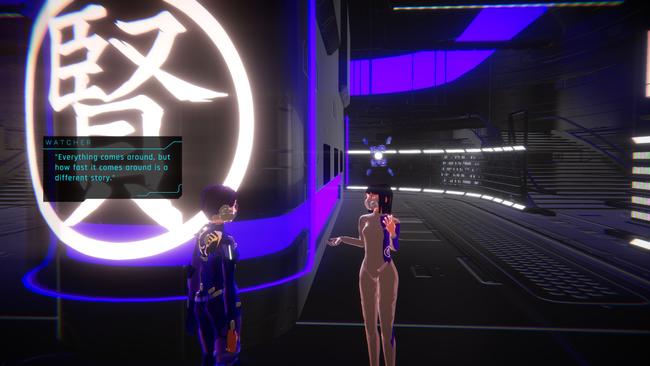
Truthfully, playing through 1000xResist was a challenge for me. It wasn’t from any fault of its own; rather, it sometimes does too good of a job conveying some personal insecurities I try my best to bury. While others are able to lose themselves in 1000xResist for numerous hours, I could only pick it up for roughly 1-2 hours at a time. I didn’t find it dull or uninteresting - instead, I felt like I was slowly suffocating as I played.
I can never seem to overcome or shake off the feeling of not belonging anywhere. In the back of my mind, maybe I’m still an immigrant that can’t communicate properly with others. Sometimes I’ll try to explain my perspective or position on a matter and my peers will look at me blankly, as if I wasn’t speaking the same language as them. Then I defensively apologize, attempt to clarify, and inevitably just mentally retreat to move on.
1000xResist elegantly demonstrates how the medium of video games can deliver a narrative that no other forms of media can replicate. Fans of RPGs will rightfully point to the NieR series in this regard, since those games exhibit moments and sequences that blend storytelling with player interactivity. In my review of 13 Sentinels: Aegis Rim and Gnosia several years ago, I also praised both of their abilities in conveying structural narrative experiences that only a video game could do. Many other games, big and small, throughout history have cleverly incorporated the all-encompassing experience of playing a video game to bolster aspects of themselves - from Metal Gear Solid’s Psycho Mantis encounter to Undertale’s Flowey, and so on.
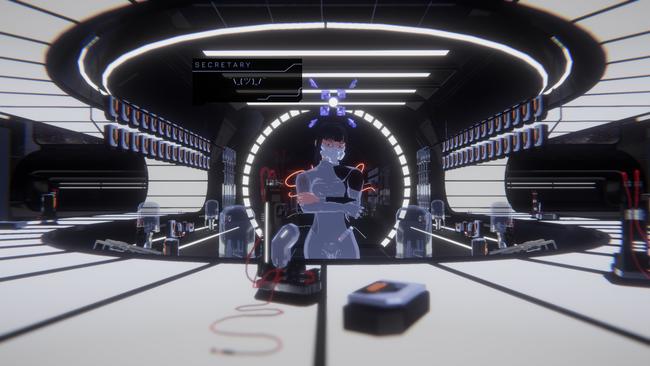
So what does 1000xResist do differently?
This post-apocalyptic sci-fi game is set 1000 years into the future; humanity has long been wiped out by a deadly disease that alien invaders, referred to as the Occupants, brought with them. A single human survived; her name is Iris. Blessed with immunity to the disease and immortality, Iris has constructed a new society completely composed of her own clones. Each of these clone “Shells” are named either by their societal function or personality type, such as the “Director Shell” that directs re-enactments of major events or the “Studious Shell” that overanalyzes every line of literature she reads.
Above these Shells are the circle of Sisters that have more important, specialized roles and are named accordingly - Fixer, Principal, Healer, Knower, Bang Bang Fire, and the protagonist of 1000xResist, Watcher. Their names illustrate what they administrate; Bang Bang Fire is in charge of the military, Fixer leads engineering projects, and Principal is the head administrator.
Iris herself doesn’t directly interact or participate in the Orchard where her society of clones resides. Instead, she is at a place in what’s colloquially known as the Other Side. Society doesn’t refer to Iris by her name; she is revered as a holy entity that goes by Allmother.
Watcher’s role is relatively unconventional to the rest of the Sisters. She is tasked with witnessing the Allmother’s past. Watcher possesses the ability to dive into her AI companion, Secretary, to watch different parts of the Allmother’s history unfold.

From here on out, I’ll be talking about 1000xResist’s themes and messages without delving too deeply into the details of how the game exactly manifests them. I won’t reveal any major story developments, though.
Much of the early parts of 1000xResist revolves around learning about Iris’s past with Watcher and Secretary through the Communion process. One of the Sisters accompanies them because Watcher has to ascertain if any of the other Sisters harbor treacherous ideals on Prinicipal’s orders. After the first chapter, a Sister privately told Watcher that Iris has secretly been colluding with the Occupants; Watcher, steadfast in her loyalty to the Allmother, reported it and that Sister was executed.
Oddly enough, these dreamlike Communion segments don’t directly revolve around Iris alone to paint her life story. They often inspect other key figures in her life and the relationship dynamic she shared with them.
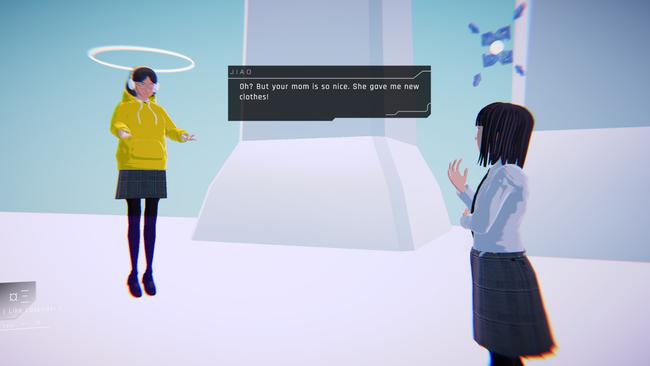
One of the first characters you learn about is Jiao, a friend bearing a similar background. While Iris’s parents immigrated from Hong Kong to Canada when she was still very young, Jiao’s immigration was relatively more recent when she met Iris in high school. It’s made crystal clear that Jiao is having trouble adjusting with a thick accent and often falls back to Chinese when she doesn’t know how to phrase something in English.
Jiao admires Iris to the point of obsession. She wants to be like her and even begins to copy her fashion style. There’s a constant yearning for Iris to accept her. Meanwhile, Iris deflects her advances and endeavors in becoming closer; she keeps Jiao at arm’s length. Their relationship is one of the many compelling aspects that make 1000xResist shine.
The way that 1000xResist introduces their relationship early on is fascinating. This Communion begins almost like a horror movie within a school - it’s dressed in dark hallways with faint shades of red barely lighting the way forward. Anyone that was at the school has succumbed to the disease; the only remnants are enigmatic soldier-like figures that drip feed dialogue to form a player’s initial understanding of Iris’s unique immunity.
Any objects that people observe at this point will have Watcher and Secretary muse over the various tools humans used 1000 years in the past. It’s a familiar chemistry at first to NieR: Automata players in how 2B conversed with her Pod over ideas and paraphernalia from a distant era long ago. While it’s easy to simply compare 1000xResist’s initial framing as another game charmed by NieR: Automata, it soon becomes evident that 1000xResist has a more unique ambition in mind.

As people arrive on the school’s rooftop, they are greeted by a bizarre scene. The camera pulls back to show a gigantic entity right up front - an Occupant. At the center of the rooftop, a framed picture of a girl is surrounded by candles; it is a picture of Jiao. Interacting with it introduces players to the system of time traveling within a Communion.
Watcher and Secretary are transported to an earlier time period when Iris and Jiao used to attend. This is when players begin to piece together who Jiao was to Iris and who Iris was as an individual. Unlike the abandoned school halls far into the future, this point in time is filled with students and faculty members getting ready for the dance. The lighting now consists of light violet shades with an intentional blurry, somewhat foggy, atmosphere as if players have submerged themselves into a dreamy state.
Conversing with various NPCs and looking closely at some signs around the school grant players a sense that the disease has begun infecting the school. People still cling to a shred of hope amid a lingering sense of inevitability in the back of their minds. All the dialogue is fully voiced and the voice acting in 1000xResist successfully walks the thin line of sounding natural - not quite all buttoned up, yet not completely amateur. It feels leveled, grounded, and perfectly suits the various moods that 1000xResist aims to achieve.
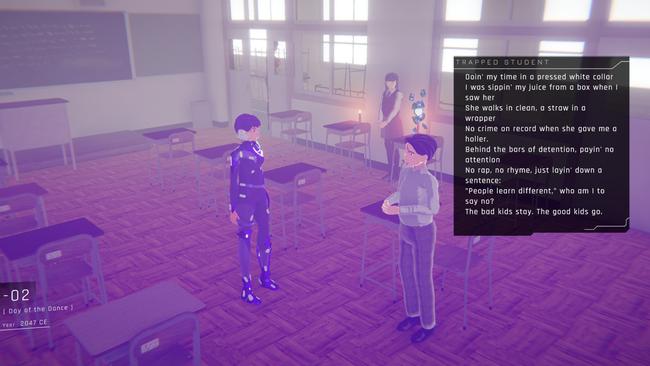
In the next Communion, players meet Iris’s parents. The camera perspective is altered for this Communion. People previously ran around Iris’s school from a third-person perspective with the camera panning in-between fixed angles. Now, this sequence is played out from a first-person angle through the eyes of Iris herself.
Players quickly catch onto the relationship Iris shares with her parents. Her mom is very strict and stern, while her dad is more of a light-hearted, calm spirit. It doesn’t take long till we learn that both her parents participated in visceral protests at Hong Kong, in which 1000xResist does directly allude to the groundbreaking Hong Kong protests that took place in 2019-2020. They eventually decided to move away from Hong Kong, much to the dismay of Iris’s grandmother.
The uneasy bond that Iris’s mom and grandma share, due to this departure, quietly reveals that Iris’s mom is so strict because she doesn’t want her daughter to make the same mistakes she made. Due to prior events in her lifetime, Iris’s mom has developed a habit of sleepwalking that exemplifies the PTSD she’s developed. This, in turn, has had a rippling effect of Iris’s dad cutting his sleep short to keep an eye on his wife because there’s an easily accessible balcony in their small apartment.
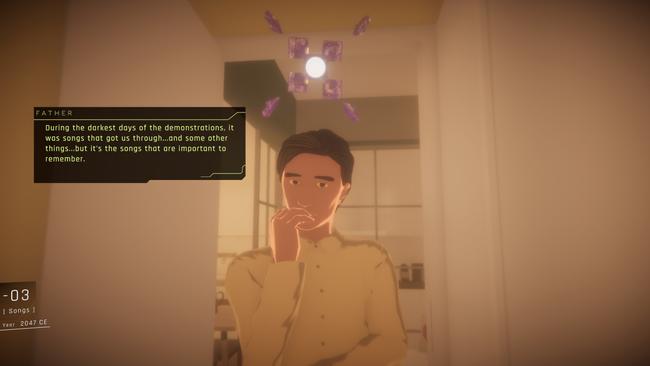
Once again, the lighting perfectly complements the mood of the narrative. It paints the scenery with a hazy hazelnut overlay as Iris’s dad reminisces about the protest to his daughter. The environment often darkens to form a dour atmosphere when Iris’s mom is lecturing her. This Communion provides an introductory look of Iris’s family life right up to when her immunity to the disease was discovered. An organization gives Iris the choice to leave her family to search for a cure; the idea of freedom from her parents and current life compels Iris to go along with them.
1000xResist continues to twist its storytelling methods even further in the subsequent Communion. It doesn’t list the year of the events it’s presenting; instead, the plot is conveyed as if it’s pages from a book. The approach is less intimate than previous Communions as the camera employs a hybrid of 2D side-scrolling and an overhead view. Phrases from the literature present in the Orchard’s Library have a bigger presence than prior Communions; it reads more like a chronicle, rather than a recollection of memories.
I won’t delve too deep into the stories this Communion presents and onward, since this is where several revelations come to light. It establishes the origins of how the Allmother’s society came to be.
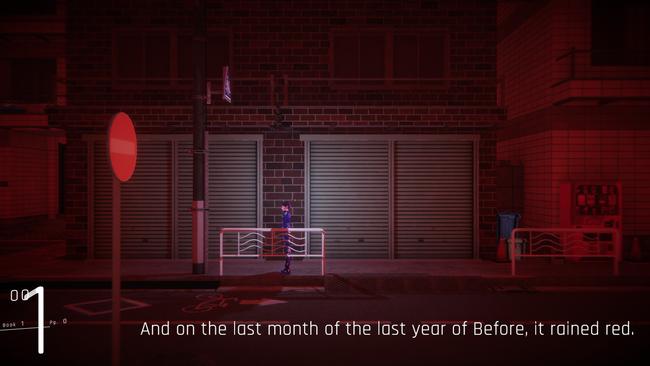
Obviously, 1000xResist will inherently affect people to extremely varying degrees based on their background and life experiences. It isn’t a game that will be relatable to everyone, but it delivers a narrative that only reaches its full potential through the lens of a video game. There are many layers to the themes it touches upon, though it relies on a player’s own sense of agency, intrigue, and curiosity to pursue them in different interactions.
The game’s approach to exposition doesn’t let players be passive bystanders. It pushes people to piece together events organically through verbal and non-verbal communication with others. The bigger picture isn’t fed to you from the get-go and it works superbly within the framework of 1000xResist. Players are fed fragments of information diegetically that coalesce into various thematic levels.
On a broader spectrum, 1000xResist can branch between a cautious examination of cultish groupthink, survivor’s guilt, and how past mistakes can deteriorate our sense of judgment overtime.
Through a more acute lens, 1000xResist can be an illustration of the different struggles of immigration across generations, the continual ripple effect of trauma, and how the victors of a conflict are allowed to dictate what the “correct” course of history is.
Delving deeper on a personal intimate level, 1000xResist can be an effective case study in telling the intricacies of Asian diaspora, the reasons to demonstrate violence on a public scale, and the power dynamics that oppressors employ among the populace to keep the oppressed at bay.
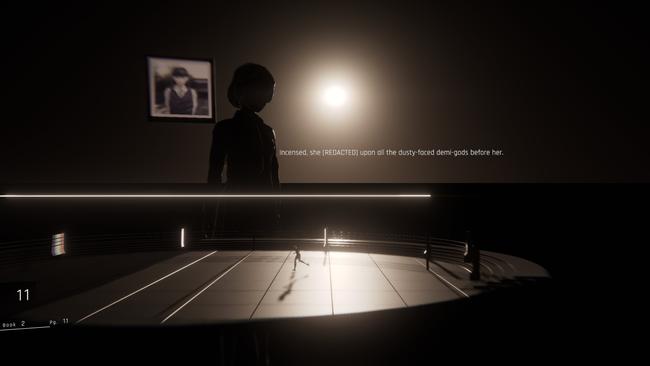
In reality, there is no one thing 1000xResist is about - it’s all of these things simultaneously and more that work in tandem through a web of narrative beats that can feel overwhelming. Yet, it’s deliberate because it’s trying its best to tell its players that the world is more complex, more complicated, and more fragile than what we see at face value.
This is why 1000xResist delivers one of the strongest narrative experiences of 2024.